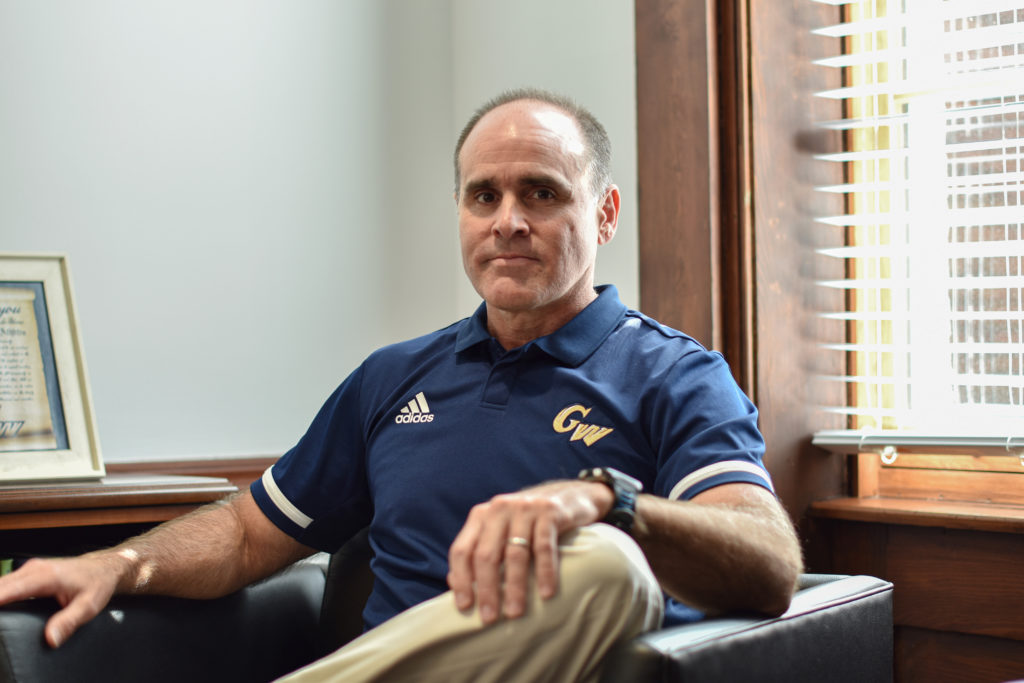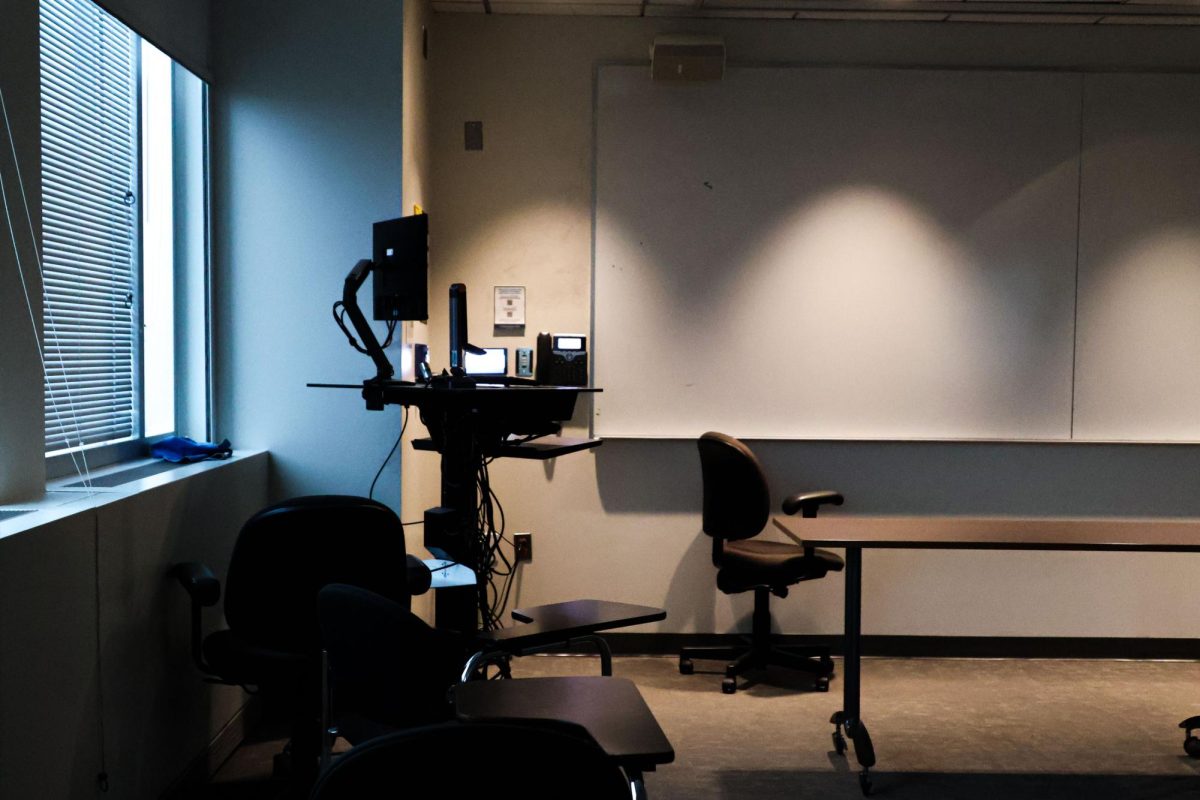Officials said they will roll out the remainder of the recommendations they received from faculty and staff to improve GW’s culture by this summer.
Mark Diaz, the executive vice president and chief financial officer, said the University-wide initiative to improve GW’s institutional culture will implement suggestions collected from faculty and staff by July. Diaz said administrators will solicit more recommendations from community members moving forward to improve GW’s culture and partner with the polling service Gallup to measure their progress.
“I’m of the mind that I think data can help us instead of hurt us,” he said in an interview Friday.
Inside the culture initiative
Diaz said that after soliciting feedback through four groups of faculty and staff, officials working on the Culture Leadership Team, a group of roughly 10 officials, have taken the recommendations into consideration and implemented them. He said this process for the current suggestions before the leadership team will conclude by the end of the fiscal year.
Diaz said the University’s new service framework, which includes a common purpose statement, seven values and three ranked-service priorities – safety, care and efficiency – emerged from this process.
But faculty have expressed mixed feelings about the trainings officials held to deliver the values to faculty and staff last semester, claiming that they did not address concrete issues underlying the problems plaguing GW’s culture, like shared governance.
Diaz said administrators intended to deliver GW’s new values to faculty and staff in two ways – through the fall sessions and through an “awareness campaign” in which supervisors would inform employees about the values and hold a dialogue about them. Some faculty were caught off guard by the sessions because they preceded the awareness campaign, he said.
“Both efforts are really just serving to inform, not to train anyone,” he said. “Because there’s not anything right now to do other than ‘OK, now we have a common purpose. We have a set of values, we have a set of behaviors.’”
Sylvia Marotta-Walters, the chair of the Faculty Senate and a member of the Culture Leadership Team, said each employee who attended the trainings received a card with information about the service framework – which includes the common purpose and values – to remind them of the key principles of the initiative.
She added that the Disney Institute has acted as a “facilitator” in some training sessions, but the framework was developed by officials. Marotta-Walters said the leadership team is conducting regular meetings every other week to continue planning the future of the initiative and discuss the outcomes of the training sessions.
“Every aspect of the University is going to continue to have the elements of the service framework implemented, so these trainings are a piece of that,” she said.
Faculty have complained about the top-down approach to improving institutional culture since LeBlanc arrived at GW and launched the culture push along with four other strategic initiatives.
Dana Bradley, GW’s inaugural chief people officer who started in her role last fall in the middle of the culture push, said taking the time to hold the trainings to inform faculty and staff about the administration’s goals will help the culture initiative move forward.
“From an investment perspective, if we know what we aspire to be, we know what our service priorities are and we know what our values are,” she said. “I think there’s something to be said about alignment of who we are as a University community.”
One way that administrators are steering the culture initiative moving forward is by gathering additional feedback from faculty and staff focused on areas of the University’s work environment that have received less focus until now, Diaz said. Officials are finalizing the members of teams focused on improving areas like communication and recruitment over the next few weeks, he said.
He said officials on the Culture Leadership Team, which leads the drive for change and has overseen the work teams, will vet the new ideas from each of the teams over the summer and then implement the approved suggestions.
Disney leadership trainings
About 500 University leaders will participate in six sessions over a 10-month leadership program to learn how to better carry out the cultural shift administrators aim to achieve, Diaz said.
Faculty and administrators will use the time to attend sessions on topics like building trust in groups, active listening and developing respectful relationships, according to a schedule obtained by The Hatchet.
Diaz said at the session he attended last week, staff emphasized the importance of leaders in reshaping an institution’s culture.
“It just doesn’t happen randomly or through osmosis – it’s that the leaders really are those that model the behaviors,” he said. “And in the end, they’re the ones that are held accountable to reinforce those behaviors and to sustain the desired culture.”
Diaz, the University’s chief financial officer, said he did not know how much the leadership summit cost. Other officials have continually declined to specify how much the University has paid Disney for its services.
Establishing a baseline
Diaz added that GW’s partnership with Gallup, the polling service, will help administrators understand how staff feels about GW’s culture now and at periodic intervals in the future so officials can determine the success of the culture push.
The survey, which consists of proprietary questions Gallup has developed, will ask employees about “workforce engagement,” and Diaz said the results will help administrators gauge the result of each part of the drive to improve GW’s workplace.
He declined to say how much the University spent on the Gallup polls, citing concerns about disclosing any preferential pricing GW may have received, but the University’s partnership for an earlier survey on culture with the Disney Institute cost about $300,000.
“That would be the baseline that then we will start measuring how effective all these things that we’re going to start implementing – how is that going to move the needle off of that baseline,” he said about the initial Gallup poll.





